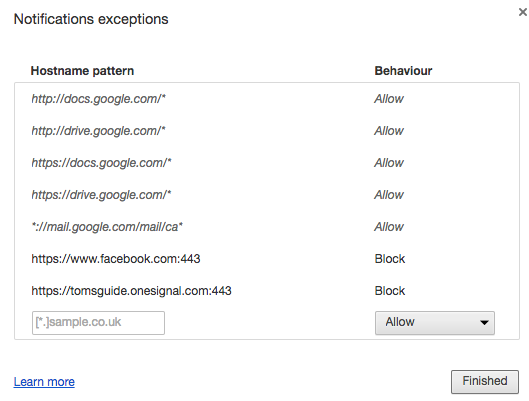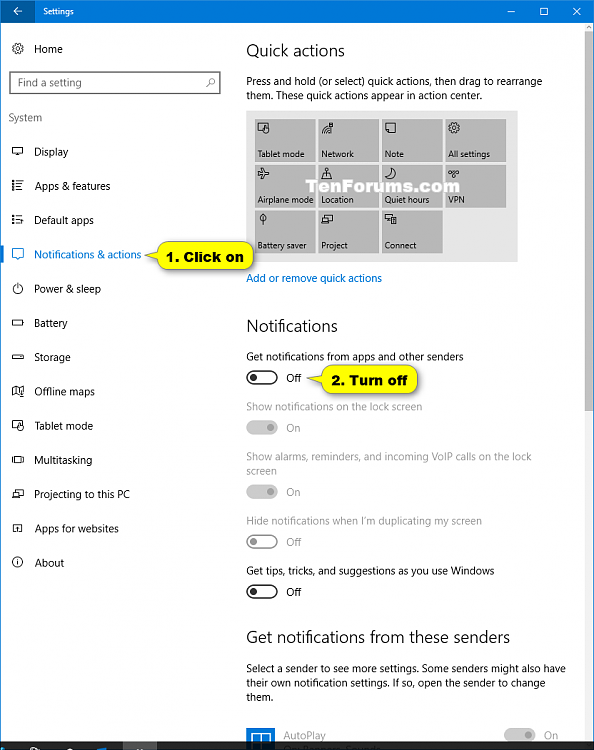Black Hole
May contain traces of nut
Here's one for the people more knowledgeable about Internet matters than myself (that means most of you...):
I've been getting annoyed about a pop-up I get when I log in to my BT Yahoo web mail. It says something like "would you like to turn on desktop notifications", with "yes" or "not now" or X (to close the box). There doesn't seem to be "go away and stop pestering me" (reminds me of the retune nag).
I decided to try to do something about it, so I got hold of BT via web chat. The operative asked a few questions than asked to view my desktop (I have Teamviewer on my PC, but this was some Citrix thing that got downloaded). The operative was looking around my system for something that might be popping up nothing to do with them (that annoyed me), and couldn't find anything, then I explained again and they had a look at the settings button on the web mail page where there is an "enable desktop notifications" option that is not ticked.
They then told me it's because I'm using Chrome, that it's the same in Firefox, but there wouldn't be a pop-up if I used IE and it's Chrome's fault not theirs.
Really???
I've been getting annoyed about a pop-up I get when I log in to my BT Yahoo web mail. It says something like "would you like to turn on desktop notifications", with "yes" or "not now" or X (to close the box). There doesn't seem to be "go away and stop pestering me" (reminds me of the retune nag).
I decided to try to do something about it, so I got hold of BT via web chat. The operative asked a few questions than asked to view my desktop (I have Teamviewer on my PC, but this was some Citrix thing that got downloaded). The operative was looking around my system for something that might be popping up nothing to do with them (that annoyed me), and couldn't find anything, then I explained again and they had a look at the settings button on the web mail page where there is an "enable desktop notifications" option that is not ticked.
They then told me it's because I'm using Chrome, that it's the same in Firefox, but there wouldn't be a pop-up if I used IE and it's Chrome's fault not theirs.
Really???







